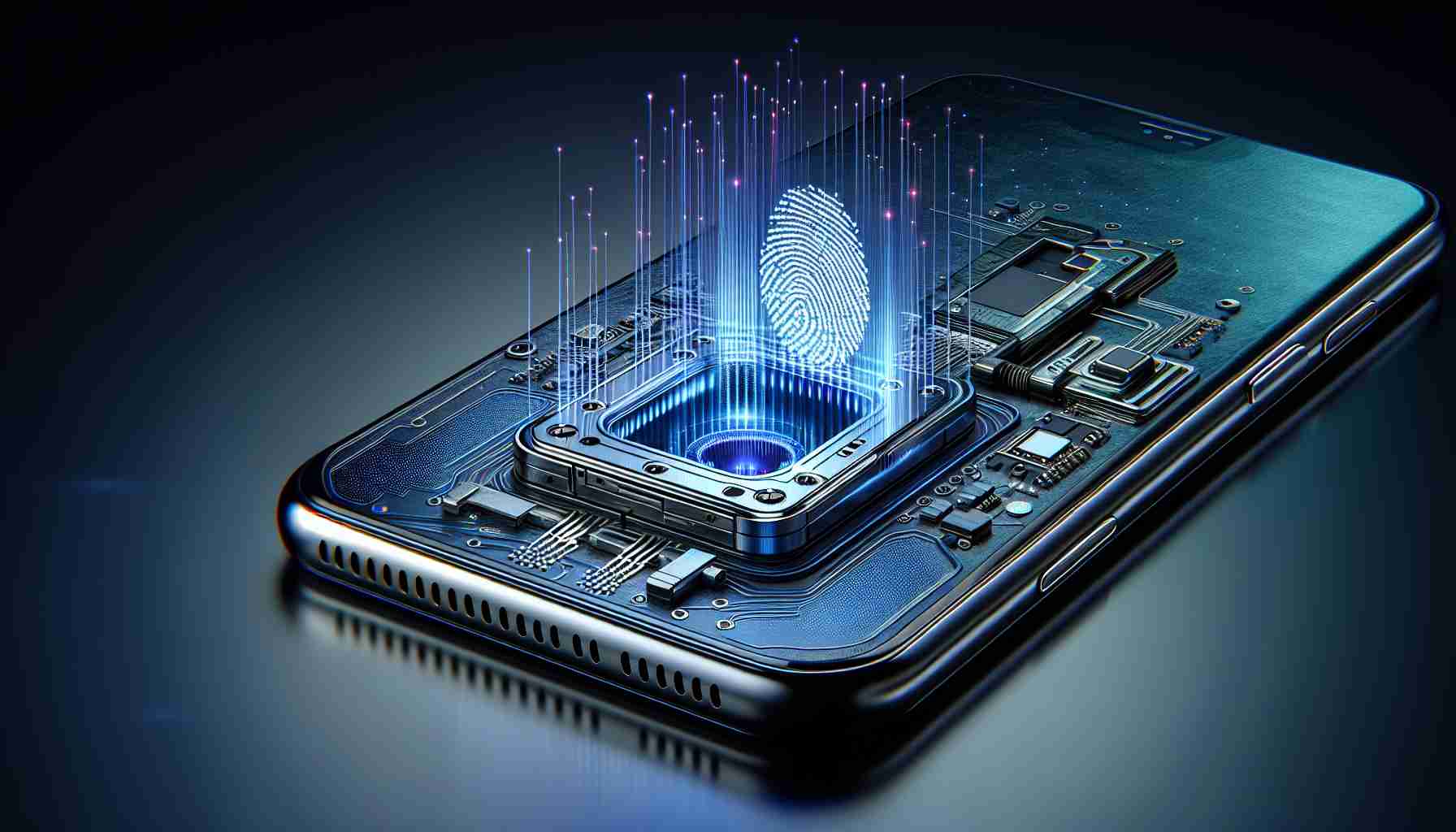The realm of personal device security is about to experience a notable enhancement as ultrasonic fingerprint scanning technology is poised to expand across Android smartphones, including mid-range models. This advancement comes courtesy of Goodix, a company recognized for making fingerprint scanning technology widely available.
Unlike optical and capacitive scanners currently prevalent in the market, the ultrasonic variant boasts the ability to accurately read fingerprints under less than ideal conditions, such as when fingers are wet. The technology utilizes sound waves rather than light, providing a unique method of capturing the intricate details of a fingerprint.
Until recently, ultrasonic fingerprint scanners were exclusively featured in high-end phones due to their high cost of implementation. Qualcomm has been the leading producer of these sophisticated scanners. However, Goodix is set to disrupt the current status by partnering with Vivo to drive broader adoption and reduce expenses associated with this technology.
Goodix, leveraging their expertise in developing cost-effective scanners already used by prominent manufacturers like OnePlus, Huawei, and Redmi, has revealed that the low-voltage guidance system and the simplicity of the associated hardware facilitate easier integration into devices.
The Vivo X100 Ultra is the trailblazer, being the first smartphone to incorporate Goodix’s ultrasonic scanner. If Goodix succeeds in its endeavors, the future could see a proliferation of Android smartphones equipped with the advanced ultrasonic fingerprint scanning technology, enhancing both security and usability for a wider audience of users.
Key Questions and Answers:
1. How does ultrasonic fingerprint scanning work?
Ultrasonic fingerprint scanners use high-frequency sound waves to detect the unique ridges of a user’s fingerprint. They send out pulses that bounce back to the sensor upon hitting the ridges and pores of the finger, creating a detailed 3D map of the fingerprint, which is then used for authentication.
2. What are the advantages of ultrasonic fingerprint scanners over traditional scanners?
Ultrasonic scanners provide a more accurate and secure form of authentication as they are not easily fooled by fake fingerprints. They can also read fingerprints through contaminants like water and oil, enhancing performance under various conditions.
3. What challenges do ultrasonic fingerprint scanners face?
Challenges include potential high costs of production and integration into smartphones, possible slower speed compared to capacitive scanners, and the need for widespread acceptance by manufacturers and consumers.
4. Are there any controversies associated with ultrasonic fingerprint scanners?
Some controversies include privacy concerns related to storing and handling biometric data, as well as the potential vulnerabilities that any security technology may have, though such vulnerabilities are also a concern for other types of fingerprint scanners.
Advantages and Disadvantages:
Advantages of ultrasonic fingerprint scanners include:
– Accurate identification and reduced chances of false positives.
– Ability to work through various contaminants, improving reliability in diverse situations.
– A potentially more secure solution, considering the detailed 3D mapping capability.
Disadvantages might include:
– Higher costs associated with implementation compared to other technologies, though this may decrease with wider adoption.
– Initial integration challenges for smartphone manufacturers.
– Potential concerns around speed and convenience, as current ultrasonic solutions may not be as fast as capacitive scanners.
Relevant Facts Not Mentioned in the Article:
– Fingerprint scanners, in general, have become a standard security feature for smartphones, providing users with a convenient alternative to passwords and PINs.
– Qualcomm’s 3D Sonic Sensor is an example of ultrasonic technology that has been used in high-end smartphones in the market.
– There have been instances where ultrasonic fingerprint sensors have been bypassed using sophisticated methods, though these incidents are rare and often require considerable effort.
For more information on related technology and developments, you can visit the following external links:
– Qualcomm
– Vivo
– OnePlus
– Huawei
– Goodix
Please note that the URLs provided lead directly to the main domain, and it is recommended to navigate their official sites for specific information regarding ultrasonic fingerprint technology.
The source of the article is from the blog girabetim.com.br
